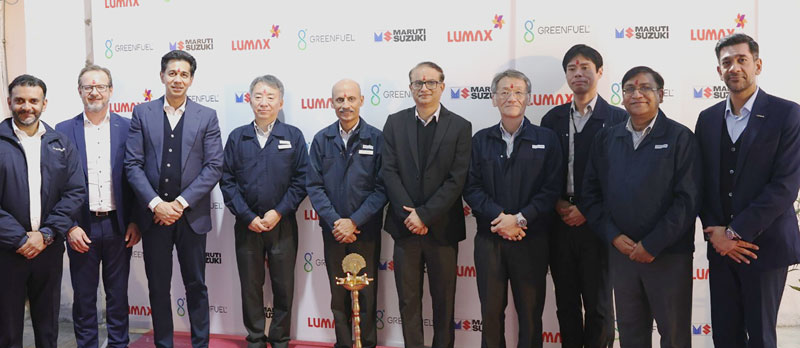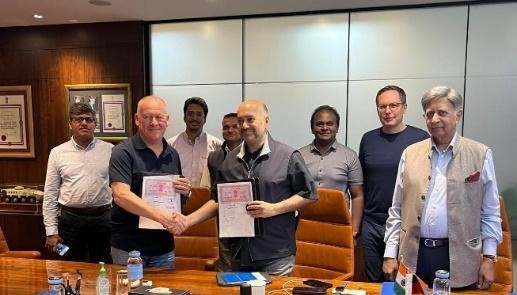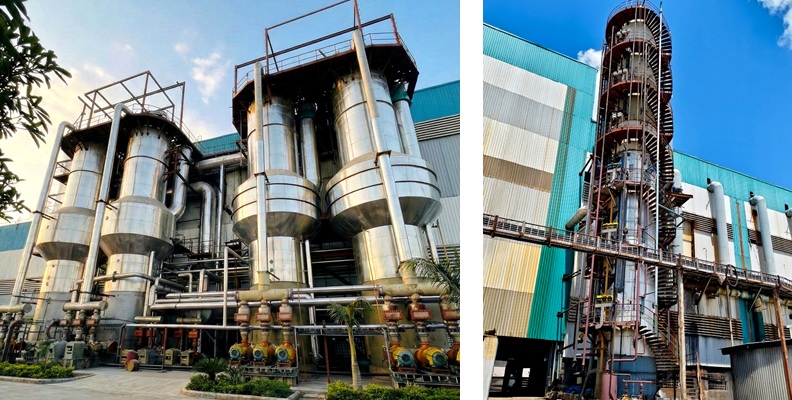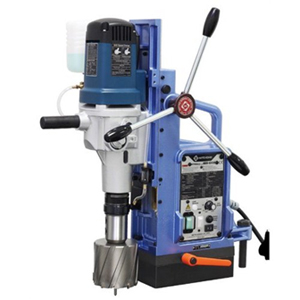Schedule a Call Back
How geopolitics is driving indigenous high-tech in defence & aerospace in India
 Articles
Articles- Sep 27,25

The global defence and aerospace landscape is more uncertain than ever. Supply chain shocks, shifting alliances and regional rivalries are forcing nations to rethink preparedness. For India, this uncertainty has sharpened a long-standing priority: build advanced technologies at home. From the Defence Procurement Procedure (DPP) reforms of 2008 to the proof of self-reliance in Operation Sindoor, India’s journey reflects a shift from dependency to capability.
Geopolitical push for indigenous innovation
Operation Sindoor demonstrated how indigenised drones, precision-guided munitions and missile defence systems are now integral to India’s operational readiness. This was not sudden but an outcome of two decades of steady policy and industrial evolution.
Shifting alliances and fragile supply chains are compelling India towards self-reliance. From fifth-generation fighters such as the Advanced Medium Combat Aircraft (AMCA) to missile and space systems, India must now build at home what it once imported. The foundations of this transition were laid in 2008, when procurement reforms opened doors for Indian firms to participate in the defence ecosystem.
Policy evolution & the 2008 turning point
For decades, India relied on imports, largely from the Soviet Union, with little technology absorption. Licensed production dominated and procurement categories like “Buy” and “Buy & Make” left private industry on the margins.
DPP-2008 changed that. By mandating 30 per cent offsets in large deals, it pushed foreign OEMs to reinvest in India through supply chains, training and R&D. The new “Buy & Make (Indian)” category gave local firms a direct role in licensed production, while offset banking and flexible joint ventures made India a more attractive partner.
These reforms helped Indian companies move from simple suppliers to system-level contributors in aircraft, missiles and electronics. While much of the transfer stayed at the “know-how” level rather than “know-why,” the groundwork was laid for programmes like Advanced Medium Combat Aircraft (AMCA) and for partnerships that embedded India deeper in global aerospace supply chains.
Building the ecosystem: From infrastructure to innovation
The ecosystem has been expanding steadily since 2008. Defence corridors in Uttar Pradesh and Tamil Nadu have attracted investment, offsets and joint ventures have brought foreign partners and MSMEs have entered supply chains at scale. These steps have created the base for indigenous systems such as the Uttam AESA radar and the Akashteer AI-enabled command network, while initiatives like iDEX and the Technology Development Fund have given startups a platform to innovate in drones, AI and advanced materials.
The next phase will be about full ownership of critical technologies, i.e., propulsion, stealth, avionics and electronic warfare, designed for India’s tactical realities. Swarm drones for mountain terrain, AI-driven air defence for low-altitude threats and loyal wingman UAVs for force multiplication are examples of how future systems will be tailored to India’s needs. Emerging technologies will play a central role: AI and machine learning for faster decision-making, quantum communication for secure networks and advanced composites for stealth and lighter platforms. To succeed, India must move from “know-how” to “know-why,” backed by higher R&D spending, stronger talent pipelines and world-class testing infrastructure.
Current status: From policy to capability
By FY 2024-25, India’s defence production had risen to Rs 1505.90 billion, 18 per cent higher than the previous year and nearly 90 per cent higher than 2019-20. Exports hit a record Rs 236.22 billion, signalling growing demand and confidence in Indian systems.
Local sourcing has grown from 30 per cent of capital procurement to 65 per cent, with a target to cross 90 per cent. Private firms are moving beyond components to full platforms, marking a clear departure from earlier state dominance. Operation Sindoor validated this progress: many deployed assets were indigenised and emergency procurement powers of Rs 400 billion showed how quickly local supply chains could scale. Infrastructure is also expanding — HAL’s new Tejas line in Nashik, Tata-Dassault’s fuselage facility and a growing MSME supplier base -- all underline India’s move from assembly to innovation.
Challenges and global uncertainties
Geopolitics continues to complicate procurement. Tensions with China and Pakistan drive urgency for self-reliance, while tariff wars, supply chain shocks and export controls disrupt access to technology. Balancing ties with the U.S., Russia and China adds pressure: closer alignment with Washington provides technology access but strains Moscow ties, reliance on Russian spares risks sanctions and China’s assertiveness accelerates the need for indigenisation.
However, regulatory and structural hurdles remain: Procurement timelines are long despite reforms and “critical technologies” are loosely defined. Technology transfer often lacks depth, talent in aerospace engineering and systems integration is limited, and MSMEs struggle to meet global standards. Moreover, small order volumes hinder economies of scale while R&D investment, particularly in projects like AMCA, is still well below global benchmarks.
Emerging opportunities and strategic levers
Policy levers are supportive. Make in India, PLI schemes and the “Buy Indian – IDDM” category are driving local production, while FTAs and trade agreements are lowering input costs and opening new export markets.
Technology priorities now include fighters, propulsion, avionics, missile defence, AI-enabled networks and unmanned platforms. Dual-use areas like space and secure communications are creating spillovers into civilian industries. MSMEs and startups are integrated into supply chains, supported by better financing, certification and quality frameworks. Joint ventures with global majors, often under improved IPR terms, are giving Indian firms access to advanced capabilities while embedding them in global networks.
At the same time, India’s credibility as a partner to middle powers and the Global South is creating new export opportunities. Diversified sourcing and FDI in sensitive sectors are reducing reliance on single-country dependencies, adding resilience to the ecosystem.
What more needs to be done
The next step is to move from licensed production to full design ownership in critical technologies like AMCA, propulsion and advanced sensors. This requires clearer, enforceable frameworks for technology transfer and IPR, as well as a sharp increase in R&D investment from both public and private players.
Human capital development holds equal importance. Engineers, systems integrators and lifecycle specialists must be trained at a scale to support complex programmes. Infrastructure must expand in parallel, with advanced test facilities, materials research hubs and high-precision manufacturing clusters forming the backbone of a future-ready ecosystem.
Geopolitics has shifted from being a backdrop to being the main driver of India’s defence and aerospace strategy. The reforms of DPP-2008 planted the seeds, but today’s uncertain environment is forcing them to grow into self-reliant capabilities. Operation Sindoor proved that years of investment in indigenisation can deliver when needed most.
Yet this is only the beginning. To move from “Make in India” to “Make for the World”, India must manufacture at scale and innovate at the frontier. If government, industry and research institutions align, today’s uncertainty could become the foundation of India’s rise as a global leader in defence and aerospace.
About the author
Deven Shah, the Whole-Time Director & CEO at Jyoti Global Plast Limited, brings extensive experience in production and operations management in the moulding industry. Shah has led large-scale operational improvements across multiple facilities, driving gains in productivity, machinery utilisation, waste reduction and workforce efficiency.
Related Stories

Raghu Vamsi launches DeepTech plant, Unveils UAVs India Asia
Raghu Vamsi Aerospace Group announced a new DeepTech facility near Hyderabad and unveiled six India-made UAV and autonomous defence systems, backed by over Rs 1 billion investment, strengthening sel..
Read more
Raghu Vamsi launches DeepTech plant, Unveils UAVs India Asia
Raghu Vamsi Aerospace Group announced a new DeepTech facility near Hyderabad and unveiled six India-made UAV and autonomous defence systems, backed by over Rs 1 billion investment, strengthening sel..
Read more
Greenfuel Launches Ferrule-less Tube Line to Boost Make in India
Greenfuel Energy Solutions opens a new ferrule-less tube line in Manesar, enhancing local manufacturing, technology transfer, and alternate-fuel vehicle support.
Read moreRelated Products
Troop Comforts revolutionises military gear with indigenous innovations
Troop Comforts Ltd (TCL), a state-owned defence corporation, has recently received a request for proposal (RFP) from the Northern Command of the Indian Army for its indigenously developed military gea Read more















